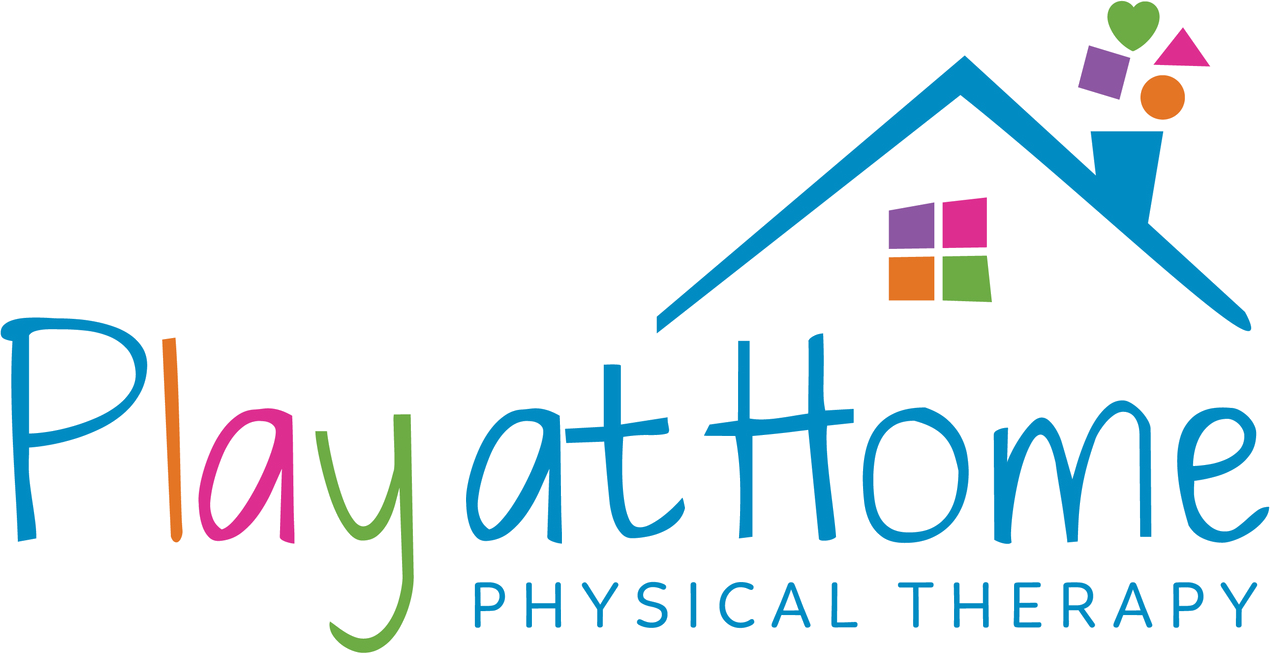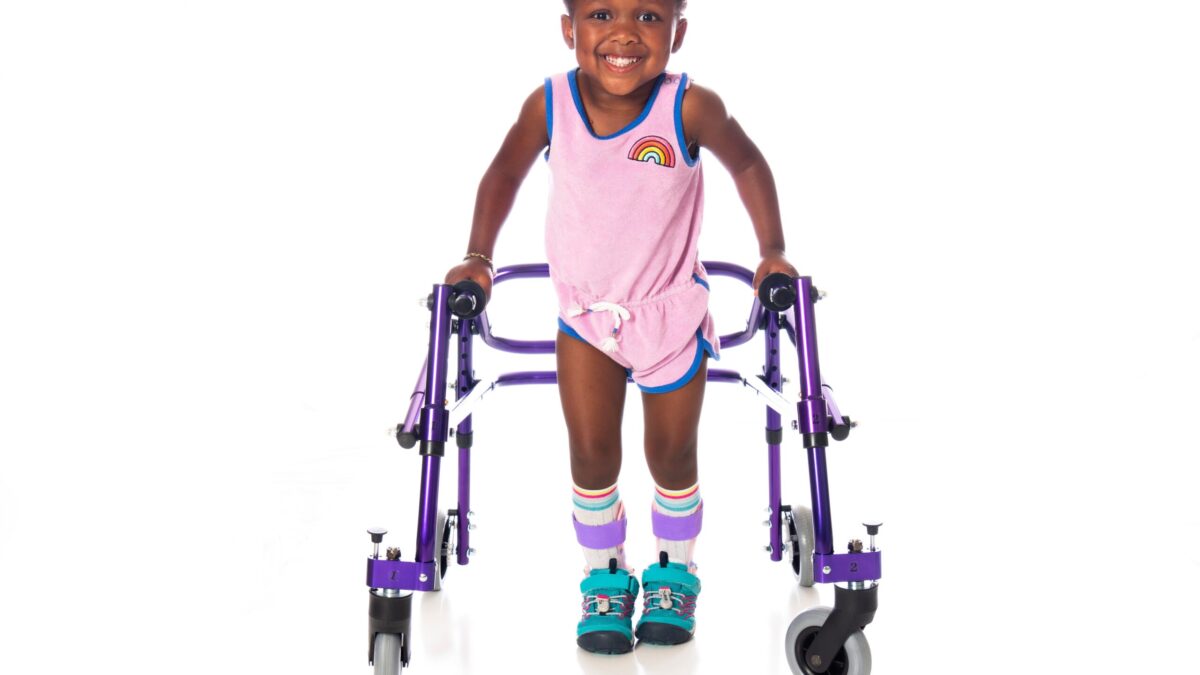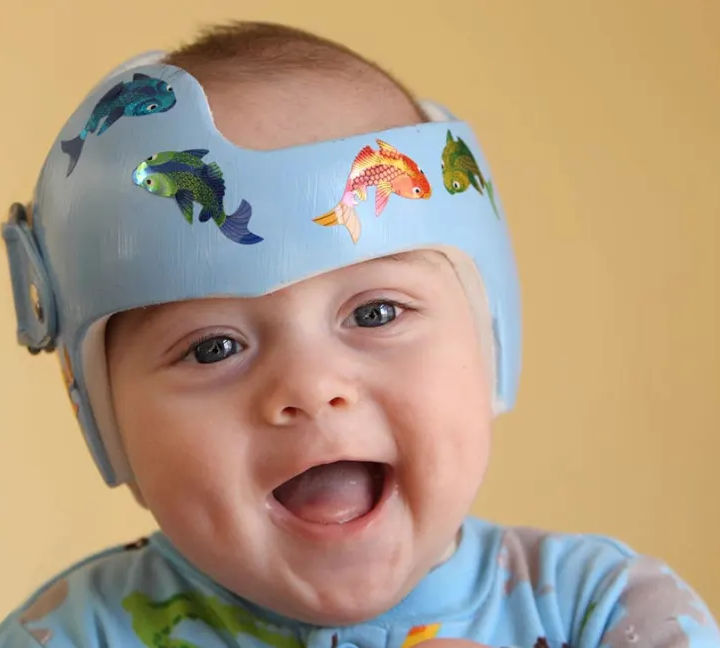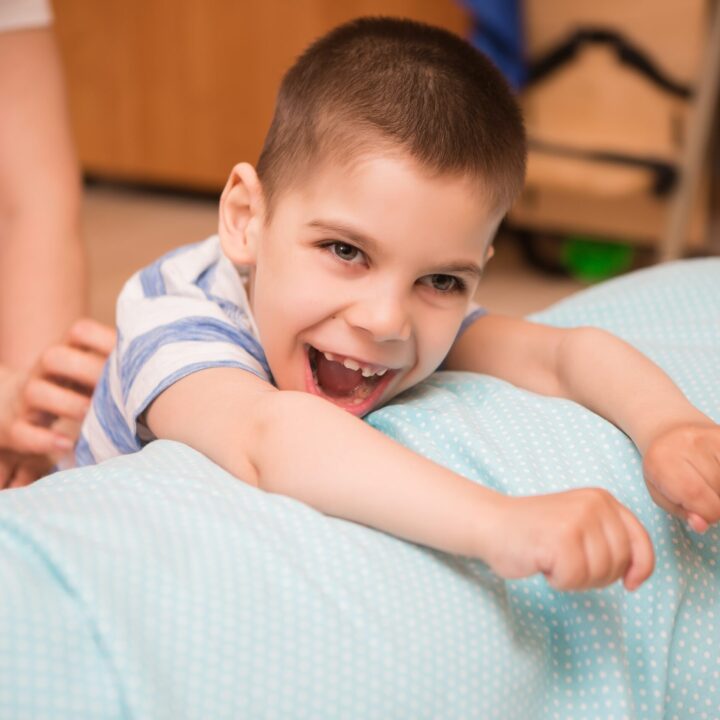
The Benefits of Physical and Occupational Therapy for Children with Cerebral Palsy
October 16, 2023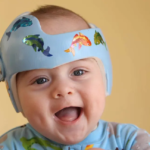
Plagiocephaly Treatment: Physical Therapy and Cranial Molding Helmet Benefits
February 16, 2024Cerebral palsy (CP), a neurological disorder that affects body movement and muscle coordination, can significantly affect a child's mobility. Fortunately, a variety of medical equipment exists to aid children with CP, enhancing their mobility and overall quality of life. In this post, we’ll explore the benefits of different medical equipment, so you can make an informed decision that can improve your child’s life.
Stroller Systems
A stroller system can be a beneficial tool for a child with cerebral palsy who is unable to sit independently. Stroller systems have a supportive seat, adjustable footrest, padded backrest, and safety harnesses to provide the best alignment possible. They provide a comfortable position for the child, which improves their trunk and head control. Stroller systems can also increase social interaction since your child is at the same level as other children[1].
Activity Chairs
Activity chairs are particularly beneficial for children with CP as they offer enhanced postural support, facilitating participation in various activities. Activity chairs provide seated support for children who cannot sit on their own. They are adjustable and have various features such as wheels, straps, and supportive backs. The adjustable features accommodate growth and offer varying positions, fostering independence[2]. An activity chair helps children with cerebral palsy to participate in everyday activities such as school, mealtime, or therapy. It also encourages better posture, improves breathing, and reduces pressure points.
Bath Chairs
Bath chairs support a safe and comfortable bathing experience. They deliver essential back support, reduce the risk of slipping, and can be adjusted to different heights and reclining positions[3]. They also help make bath time safer, as it provides parents and caregivers with a way to clean their child easily.
Standers
Standers offer therapeutic benefits by allowing children with CP to experience and maintain an upright stance. Regular use of standers improves bone density, muscle tone, and circulation. Research indicates that weight-bearing activities, such as using a stander, can help combat osteoporosis common in children with CP[4].
Gait Trainers
Gait trainers serve as a valuable tool for children with CP, promoting ambulatory (walking) skills. They offer support and balance, reducing the fear of falling.They provide a unique gait training tool, aid in weight-bearing, improve endurance, and promote the development of strength in the legs. Like standers, gait trainers also contribute to improved bone density and reduce the risk of osteoporosis[5].
Walkers
For children with cerebral palsy, walkers provide a critical tool for improving mobility and independence. These devices are designed to assist in balance, coordination, and strength training, thereby enhancing the child's ability to walk. Walkers can be adjusted to accommodate a child's growth and changing physical needs, ensuring continued usability over time. They are typically equipped with features such as handgrips for comfort, wheels for smooth navigation, and brakes for safety. By using a walker, children with cerebral palsy can participate more fully in daily activities, boosting their self-confidence and fostering a sense of autonomy[6]
Wheelchairs
Wheelchairs provide mobility to children with more involved forms of CP. Sometimes children who use wheelchairs are unable to walk or stand, and sometimes wheelchairs are used for children who can walk, but help with conserving energy throughout the day. Wheelchairs come in a range of sizes and colors, and can be either manual or power (propelled with a joystick). They come with various options such as elevating, reclining, and tilting features. A wheelchair has a range of benefits such as improving independence, mobility, and overall quality of life.
Conclusion
Mobility aids are essential in enhancing the quality of life for children with CP. They not only promote independence and participation in various activities but also offer therapeutic benefits. With continuous advancements in technology and design, these tools continue to evolve, providing better support and functionality for children with CP.
References
[1]: Johnson, P., & Davis, T. (2021). The Role of Mobility Aids in Enhancing Independence Among Children with Cerebral Palsy. Pediatric Health, Medicine and Therapeutics, 12, 45-52.
[2]: Thompson, G., & Stewart, M. (2020). Technological Advancements in Mobility Equipment for Children with Cerebral Palsy. Child: Care, Health and Development, 46(4), 465-472.
[3]: Smith, B., Jones, L., & Johnson, K. (2017). The Effect of Reclining Position on Comfort and Stress Levels in Children with Cerebral Palsy. Journal of Child Neurology, 32(7), 648-655.
[4]: Thompson, P., & Bevan, R. (2019). The Impact of Standers on Bone Density in Children with Cerebral Palsy. Pediatric Rehabilitation, 22(1), 35-40.
[5]: Wilson, A., & Martin, R. (2018). Gait Trainers and Their Influence on Ambulation in Children with Cerebral Palsy. Pediatric Physical Therapy, 30(3), 224-230.
[6]: Robinson, L., & Baker, R. (2022). The Role of Walkers in Enhancing Mobility and Independence in Children with Cerebral Palsy. Journal of Rehabilitation Medicine, 54(1), 45-52.
